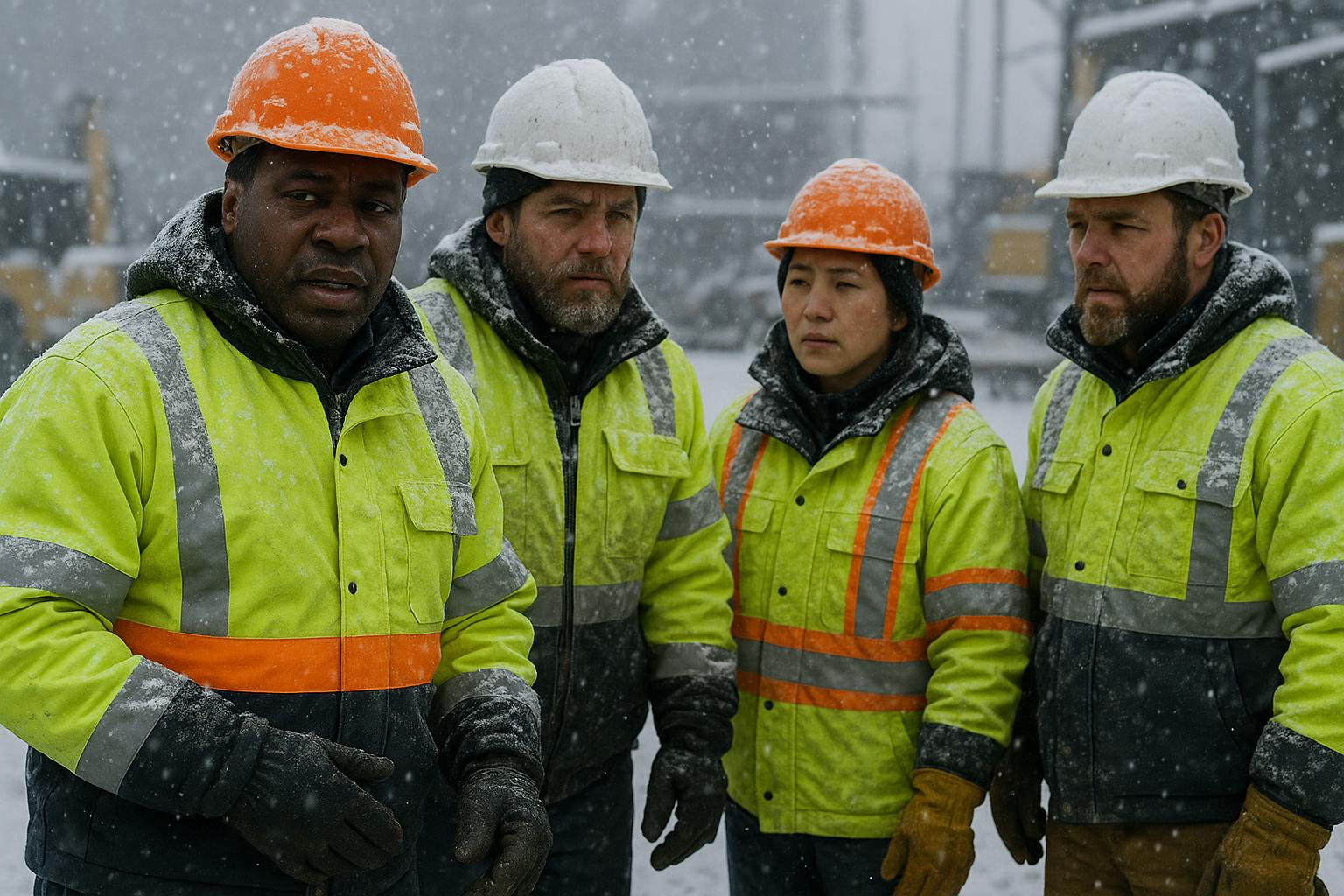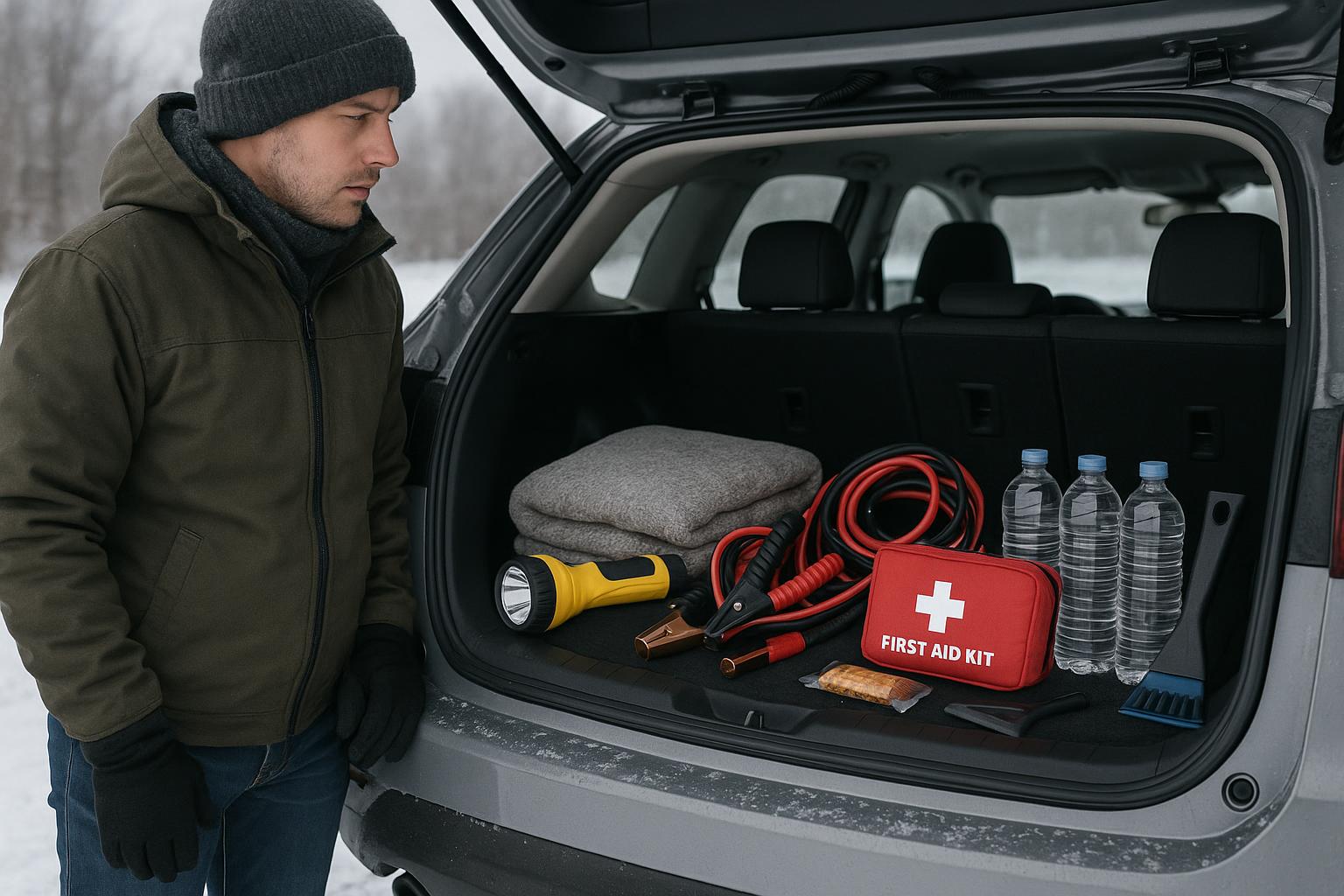Provided by: Three Sixty Safety
Welding and Cutting at the Work Site
Welding and cutting tasks are dangerous, especially when working on a construction site. As your surroundings are constantly changing, it is important to keep safety top of mind.
Prevention and Protection
To avoid injuries on the job, consider these safety recommendations:
- Always check for fire hazards before you start welding. Wood, paper and other flammable materials should be removed from the area. Flammable liquids should be removed as well. Never weld or cut in areas with a lot of trees or dry grasses.
- Clean away any debris on the floor or ground before welding over it. Then cover the ground or floor with metal or some other material that will not burn. It may also be a good idea to wet the floor or ground, though this can cause an added shock hazard. Guard against these hazards as necessary.
- Seal cracks so that sparks or slag cannot fall through them, and never allow these hot materials to fall into machine pits.
- If you must weld near combustible materials, a fire extinguisher, pail of water, fire hose or a pail of sand should be at hand. It may be necessary to have a worker stand by with a fire extinguisher to put out sparks as well.
- If you are welding or cutting a tank or drum containing flammable liquids or gas, do not start your operation until an approved test shows that there is no dangerous vapor present. Do not rely on another employee’s word that the tank or drum was tested previously; insist on a new test before you start your work.
- If you’re working in a confined space at the worksite, make sure your work area is properly ventilated. Many welding and cutting operations produce fumes that are harmful in heavy concentrations, and good ventilation is one of the best methods of protecting yourself against this hazard. Use special ventilating equipment, if necessary.
- Wear face and eye protection such as goggles and a helmet to protect against hazards. Workers dealing with metal, chipping and cleaning should always have their helmets lowered to prevent throw particles of metal from coming into the eyes. Eye protection, such as goggles, are worn to protect against sparks, slag and molten metal, and flash burns caused by radiation from the welding equipment.
Safety First
Make safety a top priority as you weld and cut. Taking these precautions seriously will lower your risk of occupational injuries. For more safety tips, talk to your supervisor.
This Safety Matters flyer is for general informational purposes only, and is not intended as medical or legal advice.



